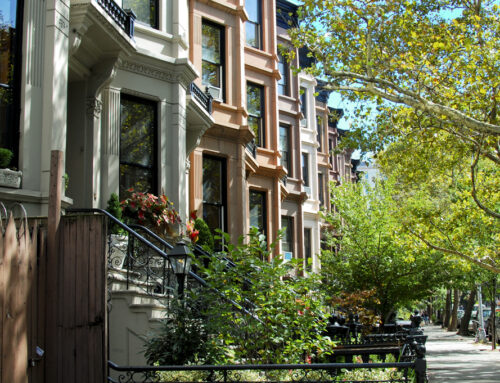Even though apartment’s market has been quite accessible and flooded with the different option during the last years and with the recovery of the real estate, it’s thinkable that occupancy rates would go down, the truth is that we are in a moment when occupancy is at its highest peak from all XXI century. All these situations wouldn’t normally be co-existing, but there are a few reasons why this is happening and we are going to explain them to you
Market offers still have to settle
As apartment’s construction was a completely stopped industry during the recession, the efforts to flood the market with new options are still not as visible as they should; it wasn’t until last year that the investment in apartment’s construction actually matched the regular percentage as the past few years (especially 2012, 2012 and 2014) were really under the average production. So, the new constructions still have to settle to match those years of recession and the demolitions it carried, too.
People prefer apartments rather than single-family houses
It’s undoubtedly that the bid for acquiring (not offering) single-family houses is definitely very low as costs are still inaccessible for several families that rather make mild payments monthly than a huge payment on the front and still more years of payments ahead. So they stay in the apartments even though it implies more expenses for a long term.
Recession psychologic consequences
If something we must admit is that our young generation suffered a lot with the consequences of the recession; they passed very quickly from an assured life with a stable payments system where their parents could assure their homes even though they had a mortgage. After the recession hit, lots of families lost their houses and young kids or teenage that are now young adults suffered the sequels of it.
So it’s probably that there’s some kind of collective fear among the youngsters of actually owning a house or compromising with a house payment when they’re not sure if the economy will suddenly fall again and they will lose everything. So they choose to rely on apartment occupancy, especially in the center city area.
Millenials independence
Even though it might seem hard to believe, the number of Millenials leaving the nest thanks to the job condition improvement is significant; those young adults that couldn’t make enough money to live by themselves a few years ago, may see their opportunity within the apartment market that’s why, even when the job growth is not improving as fast as promised, the impact in the market is clear and if this growth improves in the further years, the millennials migration may directly affect the apartment’s market.
New apartments, new target
With the migration from single-family houses to apartments, the construction industry has increased the production of A apartments that, if more affordable and comfortable than a house, are still too expensive for the old renters. So, the constant creation of the new apartments attracting people whom wouldn’t be interested before, leaves room for B apartment owners to take advantage of the market with almost same commodities but In older places.
Posted by Randy Blakeslee – GetnSocial







Leave A Comment